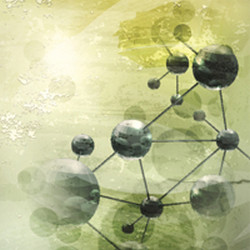A novel cavity QED system
The cavities physically constrain the wavelength of photons the atoms emit or absorb. The behaviours of constrained excited atoms provide important insight into interactions between light and matter, phenomena inherently classical and quantum simultaneously. Cavity quantum electrodynamics (QED) has emerged as an important field of study. Deeper understanding will lead to knowledge-based design for applications in quantum computing and quantum memory. The EU-funded project 'Cavity QED at the one-dimensional atom regime with chip-based micro-resonators' (CQODAR) developed a completely new cavity QED system. The system couples single ultracold atoms to chip-based microtoroid resonators through a tapered optical fibre. This has opened an important observational window on single atom – single photon interactions with a focus on photon – photon interactions. The highly advanced setup can deliver supercooled atoms from a magneto-optical trap to within 200 nanometres of the toroid surface. Scientists used fibre-based electro-optic modulators and electronic equipment operating at rates greater than five gigahertz. As a result, they could detect an atom's presence and emitted single photon all within about two microseconds, less than a typical atom-transit duration. Researchers conducted a detailed theoretical study published in 'Physical Review A: Atomic, Molecular and Optical Physic'. It formed the basis of two novel experiments — catastrophe optics (dealing with geometrical singularities in ray patterns) and spontaneous emission from a single atom. The latter was published in Physical Review Letters. The CQODAR team developed a state - of - the - art experimental setup. Exquisite control of single ultracold atoms to determine the behaviours and properties of the single photons emitted is now possible as a result. The technology is expected to make an invaluable contribution to the understanding of quantum interactions between matter and light.





